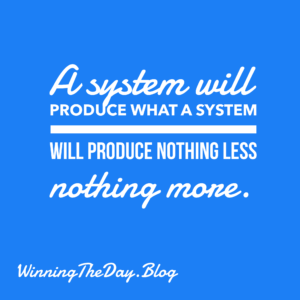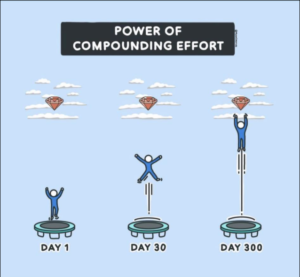In today’s dynamic real estate landscape, market trends are constantly evolving. As a real estate agent, staying ahead of these trends is crucial to maintaining a competitive edge and providing exceptional service to your clients.
Be bold, be different, stand out from the rest
Let’s explore how you can adapt to shifting market dynamics:
Embrace The Virtual
Virtual tours have become a game-changer in the real estate industry. With advancements in technology, buyers now expect immersive experiences before physically visiting a property. How can you go beyond and above and stand out?
- The Obvious – Invest in High-Quality Imagery: Using professional photography and 3D virtual tours to showcase properties effectively. Highlight key features and create an emotional connection with potential buyers.
- The Not So Obvious – Live Virtual Tours: Host live virtual tours via platforms like Zoom or Facebook Live. Engage with viewers, answer their questions, and provide a personalized walkthrough. Then it lives online forever as a virtual “easter egg!”
Social Media Marketing Skills
Social media is a powerful tool for real estate agents. It allows you to reach a broader audience, build your brand, and connect with potential clients. Consider these strategies:
- Content Strategy: Create valuable content that educates, entertains, and informs. Share property listings, neighborhood highlights, and market insights. Use platforms like Instagram, Facebook, and LinkedIn.
- Paid Advertising: Invest in targeted ads to reach specific demographics. Platforms like Facebook and Instagram offer precise audience targeting options. Even look at LinkedIn Sales Navigator, which is an innovative approach.
Personalized Client Experiences
In an era of automation, personalized interactions set you apart. Here’s how to enhance client experiences:
- Know Your Clients: Understand their preferences, needs, and pain points. Tailor your communication accordingly.
- Send Personalized Updates: Keep clients informed about market trends, new listings, and relevant news. A personalized email or phone call goes a long way.
Stay Agile and Adaptable
Market trends can shift rapidly. Be prepared to adapt:
- Continuous Learning: Attend workshops, webinars, and industry conferences. Stay updated on the latest tools, technologies, and best practices.
- Network: Connect with other agents, industry professionals, and local influencers. Collaborate and share insights.
Adapting to changing trends isn’t just about survival—it’s about thriving in a competitive market. By embracing innovation, staying informed, and putting your clients first, you’ll position yourself as a trusted real estate advisor.
Be bold, be different, stand out from the rest.








